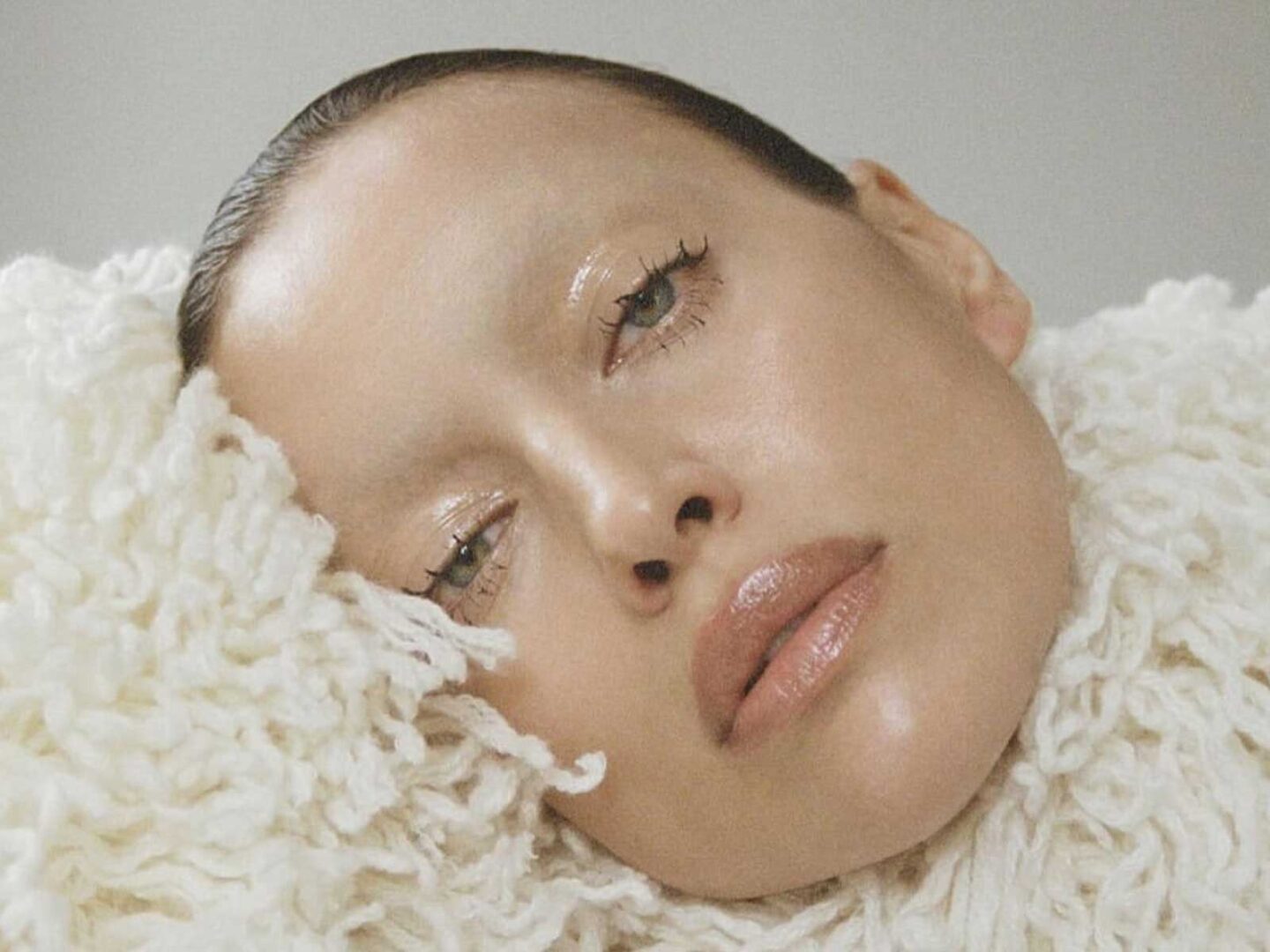At this time of year, with the cold outside and the warmth of indoor heating, both eyelashes and hair or skin are affected. In the first case, it also affects the area around them, causing irritation in the eyes and swelling in the eyelids if you have just had an eyelash treatment. Bárbara Torres, who specialises in the care and treatment of eyebrows and eyelashes at Pe Cosmetics, tells us what we can do to treat them in these months of intense cold.
Before any treatment, it is common to clean the eyelashes and the skin around the eyes, much more so in the autumn and winter months with the arrival of low temperatures, but also because of the combination with the heat inside homes or offices.
With these changes, the eyelashes and surrounding skin become more sensitive, the skin reddens and also dries out more quickly: ‘We usually advise when such a problem is brought to our attention, it is not advisable to come to the salon on a motorbike or bicycle and the use of glasses is more than necessary if contact lenses are worn, for example. In LVL treatments we apply keratin fillers to the eyelashes for aftercare, as they can dry out more than normal in winter due to the permanent liquid. What this keratin does is to provide the extra moisture they need, leaving it to work for the next 24 hours’ – says Bárbara Torres.
After applying lotions during an LVL treatment, the skin should be dried with a cotton swab or tissue. To prevent lotions from penetrating the skin, you can apply a thin layer of aloe vera cream to the eye area where the tape or liquid has been.
Other problems and symptoms
Blurred vision is also a common symptom during the winter period, so it is important to maintain good eye hygiene and consult an ophthalmologist as soon as possible in case of problems. Or burning eyes in extremely cold and windy weather, for which it is advisable not to force your eyes open. The cornea can even freeze and it is very painful, causing burning eyes, blurred vision and hypersensitivity to light.
When humidity is low, there is a lot of evaporation in the environment, such as in lakes, rivers, puddles on the road and wet pavements, but also in the moist tear film covering the eyes, which is composed almost exclusively of moisture and very sensitive to the increased evaporation of colder air masses, causing dry eyes. As for snowy areas, snow reflects ultraviolet radiation, which causes unprotected eyes to experience excessive exposure to these rays and snow blindness, resulting in watery red eyes, a gritty sensation, swelling, hypersensitivity to light and some pain.
Prevention and what to do in case of reaction
If the eyes are red or swollen, this is usually due to a narrowing of the blood vessels in the tissues surrounding the eyes. These symptoms can lead to eyelid spasms, excessive tearing and blurred vision: ‘Eyes should always be kept cool, drink enough water, wear sunglasses or ski goggles and use a humidifier at home. With colds we should also be careful, cleaning the eye area will reduce the spread of more germs and cause an eye infection’ – advises Barbara.
Finally, if you are at home, apply a chamomile tea bag to the skin, soak it in boiling water and then let it cool down a little and then apply it with a cotton pad all over the area. You can also take an antihistamine such as cetirizine for hay fever, or an eczema cream for red, flaky skin.
Kim surprises again with the launch of the long-awaited SKKN By Kim festive collection.
Sigue toda la información de HIGHXTAR desde Facebook, Twitter o Instagram
